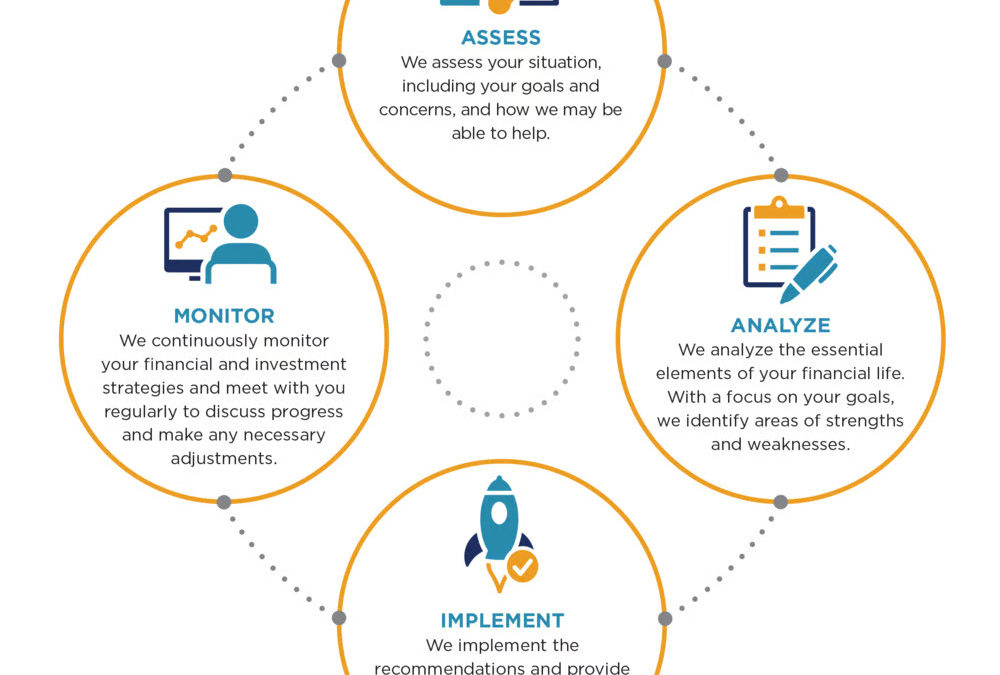Dr. Jose Andres: A Case Study on Proactive Tax Planning
A Powerful Way to Grow Your Money
(Part III of III)
This article shares a real-life example of the benefits of a defined benefit plan, which may not initially appear like a tax-saving measure to advocate.
Lessons Learned:
This technique is even more attractive due to two factors:
1) When Jose retires and stops practicing, he anticipates taking benefits from the defined benefit plan.
2) He could live in a place without an income tax if he expects to be at a considerably lower tax rate when he retires.
Qualifications and expenses:
A client qualifies for this plan depending on a few key factors:
- Age matters since it has an impact on contribution. Depending on income level, the contribution level should be more significant the older the business owner is.
- Whether an individual’s income will remain constant over time depends on their income or compensation.
- Contribution capacity should be kept for at least a few years. The plan calls for a long commitment.
Additionally, these plan designs are based on the specific facts of each instance. As long as specific nondiscrimination testing is passed, several ways exist to structure these designs. Small business owners and critical workers benefit considerably more from them than others. Also, Sec. 415, which restricts the amount any plan participant may distribute from a DBP, must be considered when creating and managing these plans.
A defined benefit plan is more expensive than a defined contribution plan. Still, the tax savings often make up for the difference.
Lessons discovered:
- Planning a client’s finances requires a broad view of their situation. Identifying a potential application for this kind of method adds value.
- Working with a customer’s financial advisor allows the most significant thinking and novel solutions beneficial to the client.
- A defined benefit plan should only be implemented when all the requirements are satisfied, and the facts and circumstances are appropriate.
With a retirement vehicle like this, there are considerable tax savings. This tax-saving strategy is also more helpful for a consultant who works alone or clients who earn money through their businesses, whether or not they reported on a Schedule C.
Let’s Talk! ->Schedule Your Free Tax Assessment Here<-


